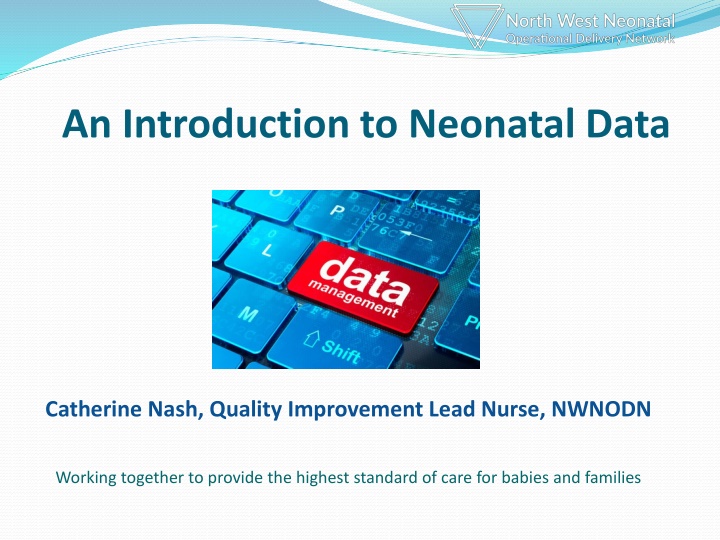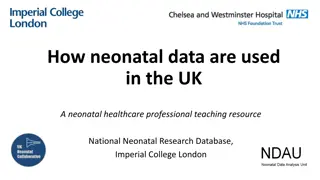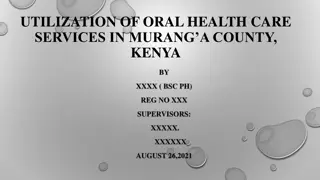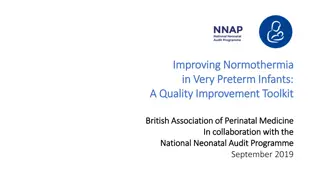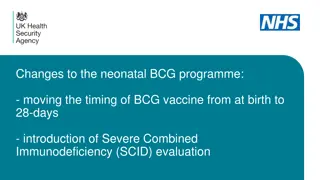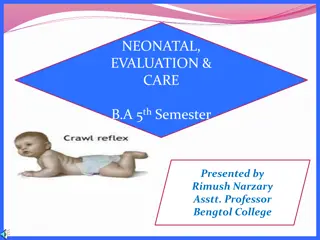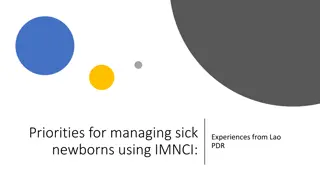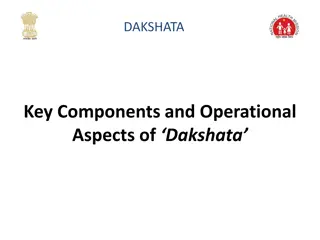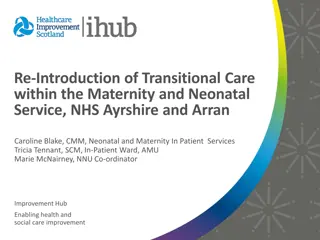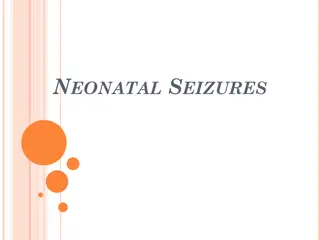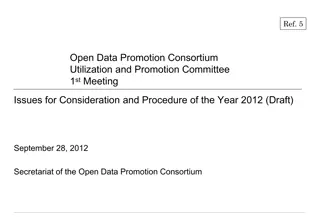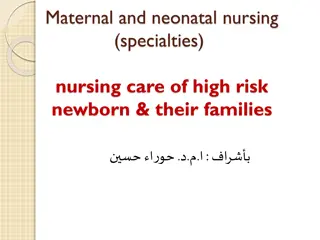Neonatal Data Collection and Utilization in Quality Care
Dive into the world of neonatal data with Catherine Nash, where the focus lies on the importance of collecting and utilizing data effectively to enhance care standards for babies and families. Discover how data systems like BadgerNet play a vital role in monitoring care, diagnosing treatments, measuring outcomes, and determining resource needs in neonatal units. Learn about the key uses of BadgerNet data, common errors to avoid, and valuable hints and tips for inputting data accurately.
Download Presentation

Please find below an Image/Link to download the presentation.
The content on the website is provided AS IS for your information and personal use only. It may not be sold, licensed, or shared on other websites without obtaining consent from the author.If you encounter any issues during the download, it is possible that the publisher has removed the file from their server.
You are allowed to download the files provided on this website for personal or commercial use, subject to the condition that they are used lawfully. All files are the property of their respective owners.
The content on the website is provided AS IS for your information and personal use only. It may not be sold, licensed, or shared on other websites without obtaining consent from the author.
E N D
Presentation Transcript
An Introduction to Neonatal Data Catherine Nash, Quality Improvement Lead Nurse, NWNODN Working together to provide the highest standard of care for babies and families
How do we collect data? BadgerNet
Why is data important in neonatal care? Data systems, for example Badgernet, form part of the baby s medical records Can be used to check on the care delivered & diagnoses / treatments anytime during the baby s stay The discharge summary and record of care can be referred back to post discharge Information maybe used for case reviews, complaints & FOI requests Data is used to measure occupancy and outcomes Capacity & demand To determine cot requirements and staffing levels HRG codes are calculated and in the future will be used to determine payments for care Reviewing clinical performance and outcomes benchmarking against national measures
What is BadgerNet data used for? Dashboards NHS England reports Exceptions Data Reports Special Reports Activity Reports Mortality Reports
Term Temp. & admissions Born in the right place Deferred cord clamping Antenatal Cooling, HIE & Mortality Steroids Dashboard Data MgSulphate Parent up- dates/ward round Nurse staffing NEC, BPD & Head Injury Breast Milk on Day 14 & at discharge <32 wks KH
Hints & Tips for BadgerNet Inputting Common errors Things to remember Don t let anyone use your log in Location of care is essential The difference between TC & Rooming in All care for the 24 hour period needs to be included. Missing something off, e.g. IVAB can downgrade the level of care Green Flag at the end of each day Admission details dad, mum s ethnicity, GP code NNAP essential data temp on admission, deferred cord clamping, mg sulphate, steroids etc. Digit missed out of weight Peripheral access not ticked but IVAB given Location of care missed off / incorrect Nasal cannula & hi-flow input wrong Gastro silo in situ but actually only an NGT on free drainage Drugs carried over from previous day but no longer being given Barrier nursing missed Procedures missed off e.g. cultures today Mouth care Cooling not ticked at discharge when transferred elsewhere for cooling The Annual NNAP Report is an excellent source of information and can be accessed at https://www.rcpch.ac.uk/sites/default/files/2021-04/nnap_report_2020-v2.pdf
Remember Be accurate Complete as much information as possible Ask for help if you are unsure Check category of care after entering the daily data If given feedback on your inputting don t take it as a criticism but sharing of information to educate you The data that comes out is only as good as what you put it in Whether you like data or not the daily inputting is an essential part of a nurse s job.
